Home>Home Appliances>Kitchen Appliances>How To Remove Cloudiness From Glass Top Stove
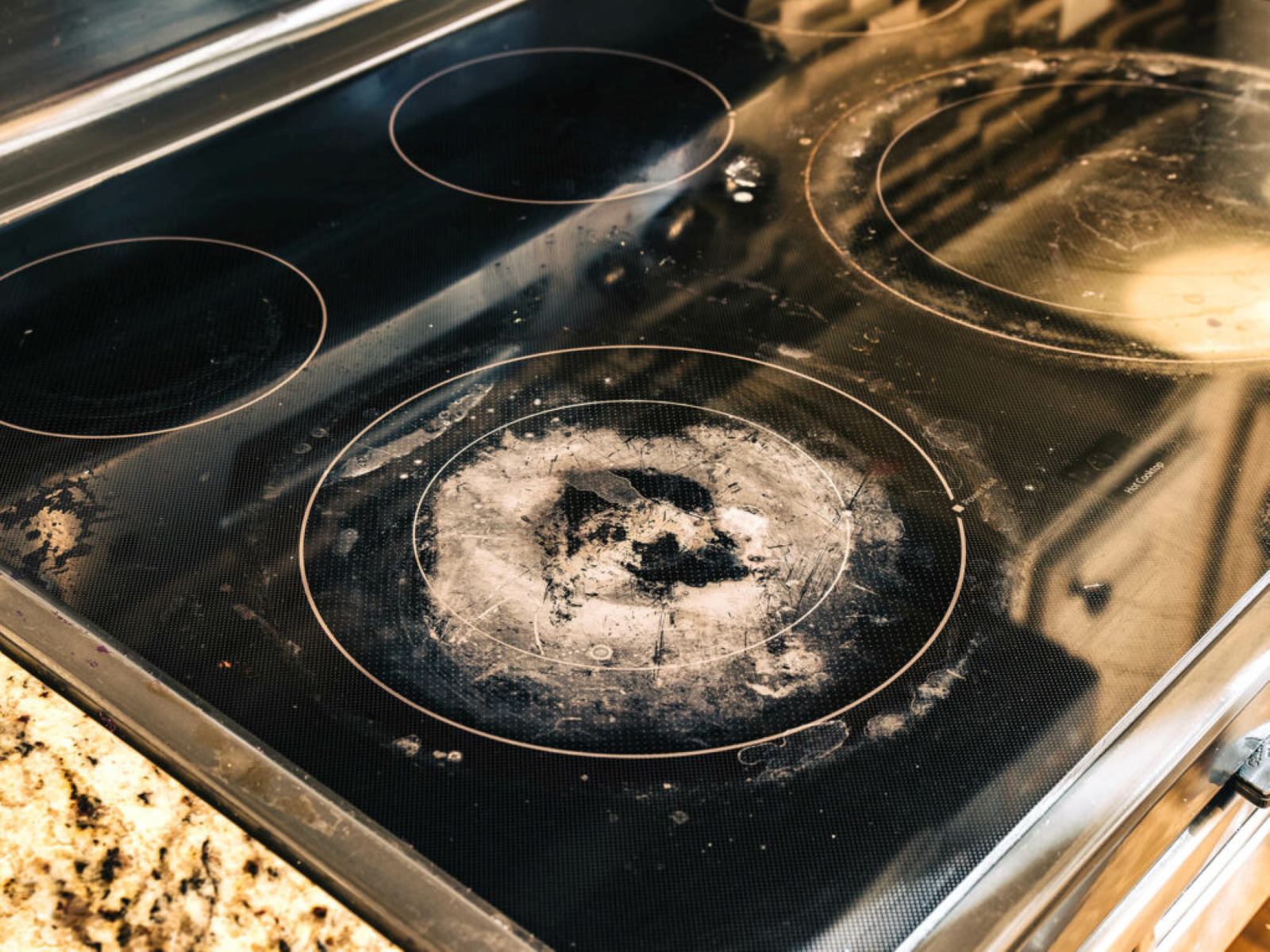

Kitchen Appliances
How To Remove Cloudiness From Glass Top Stove
Modified: May 6, 2024
Learn how to effectively remove cloudiness from your glass top stove with our expert tips and tricks. Keep your kitchen appliances looking clean and shiny effortlessly.
(Many of the links in this article redirect to a specific reviewed product. Your purchase of these products through affiliate links helps to generate commission for Storables.com, at no extra cost. Learn more)
Introduction
Glass top stoves are a sleek and modern addition to any kitchen, offering a smooth and elegant cooking surface. However, over time, these stoves can develop cloudiness, which detracts from their aesthetic appeal and makes it challenging to monitor the cooking process. If you've noticed cloudiness on your glass top stove, don't fret – it's a common issue that can be remedied with the right approach.
In this comprehensive guide, we will delve into the causes of cloudiness on glass top stoves and provide a step-by-step solution to restore their clarity. Additionally, we will share valuable tips for maintaining a clean and clear glass top stove to prevent future cloudiness.
By following the guidance outlined in this article, you can regain the pristine appearance of your glass top stove and ensure that it remains a focal point of your kitchen for years to come. Let's embark on this journey to uncover the secrets of removing cloudiness from glass top stoves and preserving their beauty.
Key Takeaways:
- Say goodbye to cloudiness on your glass top stove! Use gentle materials like microfiber cloths and white vinegar to restore its clarity and keep it sparkling with regular maintenance.
- Keep your glass top stove looking sleek and elegant by promptly cleaning spills, using flat-bottomed cookware, and avoiding harsh cleaning agents. Regular maintenance will preserve its beauty for years to come!
Read more: How To Remove Rust From Stove Top
Understanding the Causes of Cloudiness on Glass Top Stove
The appearance of cloudiness on a glass top stove can be attributed to various factors, each of which contributes to the gradual loss of its pristine clarity. Understanding these causes is essential for effectively addressing the issue and preventing its recurrence. Let's explore the primary reasons behind the cloudiness on glass top stoves:
1. Residue Buildup:
Over time, cooking residues, spills, and splatters can accumulate on the surface of the glass top stove. When these substances are subjected to heat during cooking, they can become baked onto the glass, forming a stubborn layer of residue. This buildup not only obscures the transparency of the stove but also creates a cloudy appearance that diminishes its visual appeal.
2. Hard Water Stains:
In regions with hard water, mineral deposits can accumulate on the glass top stove when water droplets evaporate during cooking. These mineral deposits, primarily consisting of calcium and magnesium, can leave behind unsightly stains and contribute to the cloudiness of the stove surface.
3. Incorrect Cleaning Methods:
Using abrasive or harsh cleaning agents, such as scouring powders or abrasive pads, can inadvertently scratch the glass surface of the stove. These scratches, although subtle, can trap dirt and grime, leading to a cloudy and dull appearance over time.
Read more: How To Remove Scratches From Glass Cooktop
4. Spillage and Overheating:
Accidental spills and overheating of cookware on the glass top stove can result in the formation of stubborn stains and marks. These blemishes, if not promptly addressed, can contribute to the overall cloudiness of the stove surface.
5. Lack of Regular Maintenance:
Neglecting regular cleaning and maintenance of the glass top stove can allow residues and stains to accumulate unchecked, gradually obscuring its transparency and giving rise to cloudiness.
By understanding these underlying causes of cloudiness on glass top stoves, you can take proactive measures to address the issue effectively. In the following sections, we will delve into the materials needed and provide a comprehensive step-by-step guide to remove cloudiness from your glass top stove, restoring its clarity and luster.
Materials Needed for Removing Cloudiness
To effectively address the cloudiness on your glass top stove, you will need a few essential materials that are readily available and easy to use. These materials are specifically chosen to ensure safe and efficient removal of residues, stains, and cloudiness without causing damage to the delicate glass surface of the stove. Here's a comprehensive list of the materials you will need:
-
Glass Stove-Top Cleaner: A specialized glass stove-top cleaner is a crucial component for effectively removing cloudiness. Look for a cleaner specifically formulated for glass surfaces, as it will be gentle yet effective in cutting through tough residues and stains without scratching the glass.
-
Soft Microfiber Cloth: A soft microfiber cloth is ideal for applying the cleaner to the stove surface and gently buffing away the cloudiness. Microfiber cloths are non-abrasive and highly absorbent, making them perfect for cleaning delicate surfaces without leaving lint or streaks behind.
-
Razor Scraper: A razor scraper with a retractable blade is a valuable tool for safely removing stubborn, baked-on residues from the glass top stove. When used at the correct angle and with gentle pressure, a razor scraper can effectively lift away tough deposits without causing damage to the glass surface.
-
White Vinegar: White vinegar is a versatile and natural cleaning agent that can help dissolve hard water stains and mineral deposits on the glass top stove. Its acidic properties make it effective in breaking down stubborn residues, restoring the transparency of the glass surface.
-
Baking Soda: Baking soda, when combined with white vinegar, forms a powerful yet gentle cleaning paste that can tackle tough stains and residues on the glass top stove. Its mild abrasive properties aid in lifting away grime and restoring the luster of the glass surface.
-
Cooktop Razor Blade Scraper: This specialized scraper is designed specifically for glass cooktops and can effectively remove burnt-on food, grease, and other tough residues. Its precision blade and ergonomic handle make it a valuable tool for restoring the clarity of the glass top stove.
By gathering these essential materials, you will be well-equipped to tackle the cloudiness on your glass top stove effectively and restore its pristine appearance. In the subsequent section, we will provide a detailed step-by-step guide to removing cloudiness, allowing you to regain the clarity and luster of your glass top stove with confidence.
Step-by-Step Guide to Remove Cloudiness from Glass Top Stove
-
Prepare the Surface: Ensure that the glass top stove is completely cool before proceeding with the cleaning process. This precaution is essential to prevent any cleaning agents from evaporating too quickly and leaving behind streaks or residues.
-
Apply Glass Stove-Top Cleaner: Begin by applying a small amount of the specialized glass stove-top cleaner to the cloudy areas of the stove. Use a soft microfiber cloth to gently spread the cleaner in circular motions, ensuring thorough coverage of the affected areas.
-
Let the Cleaner Sit: Allow the cleaner to sit on the cloudy areas for the recommended duration specified on the product label. This dwell time is crucial for the cleaner to effectively penetrate and loosen the residues and stains, preparing them for removal.
-
Use the Razor Scraper: After the cleaner has had sufficient dwell time, carefully use the razor scraper at a shallow angle to gently lift away the loosened residues from the glass surface. Exercise caution and apply gentle pressure to avoid scratching the glass.
-
Address Hard Water Stains with Vinegar: For hard water stains and mineral deposits, dampen a clean microfiber cloth with white vinegar and gently rub the affected areas. The acidic properties of the vinegar will help dissolve the mineral deposits, restoring the transparency of the glass surface.
-
Create a Cleaning Paste: If stubborn residues persist, create a cleaning paste by mixing baking soda with a small amount of white vinegar. Apply the paste to the affected areas and gently scrub with a soft cloth, utilizing the mild abrasive properties of the baking soda to lift away tough stains.
-
Final Cleaning and Buffing: Once the residues and cloudiness have been effectively removed, use a clean microfiber cloth to buff the entire glass top stove surface, ensuring that it is free from any remaining cleaner or residue. This final step will leave the stove with a clear and lustrous appearance.
-
Inspect and Repeat if Necessary: Inspect the glass top stove to ensure that all cloudiness and residues have been successfully removed. If any areas require further attention, repeat the targeted cleaning process as needed until the entire surface is clear and pristine.
By following this comprehensive step-by-step guide, you can effectively remove cloudiness from your glass top stove, restoring its clarity and enhancing the overall aesthetic of your kitchen. With the right materials and a systematic approach, you can achieve a sparkling and transparent glass top stove that exudes elegance and cleanliness.
Read more: How To Remove Cloudiness From Glassware
Tips for Maintaining a Clean and Clear Glass Top Stove
Maintaining the pristine appearance of a glass top stove is essential for preserving its elegance and ensuring a visually appealing cooking surface. By implementing regular maintenance practices and adopting preventive measures, you can prolong the clarity and luster of your glass top stove. Here are valuable tips for maintaining a clean and clear glass top stove:
-
Prompt Spill Cleanup: Accidental spills and splatters should be promptly cleaned up to prevent them from hardening and becoming difficult to remove. Use a soft cloth or paper towel to wipe away spills as soon as the stove cools down, minimizing the risk of residue buildup and cloudiness.
-
Regular Cleaning Routine: Establish a regular cleaning routine for your glass top stove to prevent residues and stains from accumulating. A gentle daily wipe-down with a damp microfiber cloth can help maintain the transparency of the stove surface, reducing the likelihood of cloudiness over time.
-
Avoid Harsh Cleaning Agents: When cleaning the glass top stove, refrain from using abrasive or harsh cleaning agents that can scratch or damage the surface. Opt for specialized glass stove-top cleaners and non-abrasive cleaning tools to ensure gentle yet effective maintenance.
-
Use Cookware with Flat Bottoms: Select cookware with flat and smooth bottoms to prevent scratches and marks on the glass surface of the stove. Uneven or rough-bottomed cookware can cause abrasions, leading to potential cloudiness and diminished clarity over time.
-
Regular Inspection and Maintenance: Periodically inspect the glass top stove for any signs of residue buildup, hard water stains, or cloudiness. Address any emerging issues promptly using the appropriate cleaning methods outlined in the previous section to maintain the stove's pristine appearance.
-
Avoid Overheating Cookware: Prevent overheating of cookware on the glass top stove, as excessive heat can lead to the formation of stubborn stains and marks. Use the appropriate heat settings and avoid prolonged exposure to high temperatures to preserve the clarity of the glass surface.
-
Utilize Protective Coverings: Consider using protective coverings or mats designed for glass top stoves to minimize the risk of scratches and stains caused by sliding cookware or abrasive materials. These protective accessories can safeguard the glass surface from potential damage.
-
Regular Polishing and Buffing: Incorporate regular polishing and buffing of the glass top stove to maintain its luster and clarity. A gentle buffing with a clean microfiber cloth can enhance the reflective quality of the glass surface, contributing to its overall cleanliness and appeal.
By integrating these tips into your kitchen maintenance routine, you can effectively preserve the clarity and cleanliness of your glass top stove, ensuring that it remains a striking focal point of your culinary space. With proactive care and attention, you can enjoy the enduring beauty and functionality of your glass top stove for years to come.
Conclusion
In conclusion, the presence of cloudiness on a glass top stove is a common issue that can detract from its visual appeal and overall elegance. However, armed with the knowledge of its causes and equipped with the right materials and techniques, addressing this cloudiness is entirely achievable. By understanding the factors contributing to cloudiness, such as residue buildup, hard water stains, incorrect cleaning methods, spillage, and lack of regular maintenance, individuals can take proactive measures to prevent and remedy this issue.
The step-by-step guide provided in this article offers a systematic approach to removing cloudiness from glass top stoves, emphasizing the use of specialized cleaners, gentle cleaning tools, and natural agents such as white vinegar and baking soda. This comprehensive guide empowers individuals to restore the clarity and luster of their glass top stoves with confidence, ensuring a sparkling and transparent cooking surface.
Furthermore, the maintenance tips outlined in this guide serve as a proactive strategy for preserving the cleanliness and clarity of glass top stoves. By incorporating practices such as prompt spill cleanup, regular cleaning routines, and the use of cookware with flat bottoms, individuals can mitigate the risk of cloudiness and maintain the pristine appearance of their glass top stoves for the long term.
Ultimately, a clear and lustrous glass top stove not only enhances the aesthetic appeal of the kitchen but also reflects a commitment to cleanliness and meticulous upkeep. By following the guidance provided in this article, individuals can reclaim the beauty of their glass top stoves and ensure that they remain a captivating centerpiece of their culinary space.
With a blend of knowledge, effective techniques, and proactive maintenance, individuals can enjoy the enduring elegance and functionality of their glass top stoves, creating a welcoming and visually stunning environment for their culinary endeavors.
Now that you've got the knack for keeping your glass top stove spotless, why not tackle another appliance? Our next guide offers fantastic tips for a shiny, odor-free refrigerator. From sorting out leftovers to deep cleaning nooks and crannies, you'll find practical advice to spruce up this essential kitchen device. Don't let smudges and spills dampen your spirits; check out our comprehensive steps and keep your cooling unit as fresh as your culinary creations!
Frequently Asked Questions about How To Remove Cloudiness From Glass Top Stove
Was this page helpful?
At Storables.com, we guarantee accurate and reliable information. Our content, validated by Expert Board Contributors, is crafted following stringent Editorial Policies. We're committed to providing you with well-researched, expert-backed insights for all your informational needs.
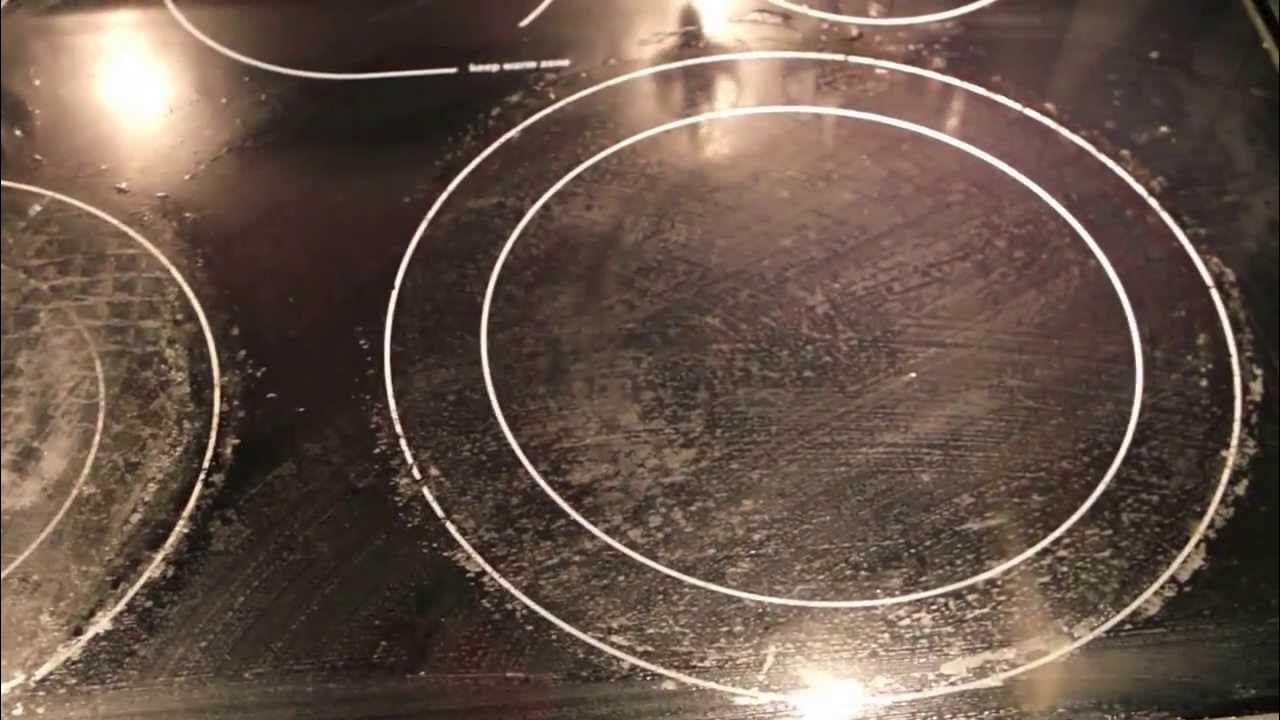
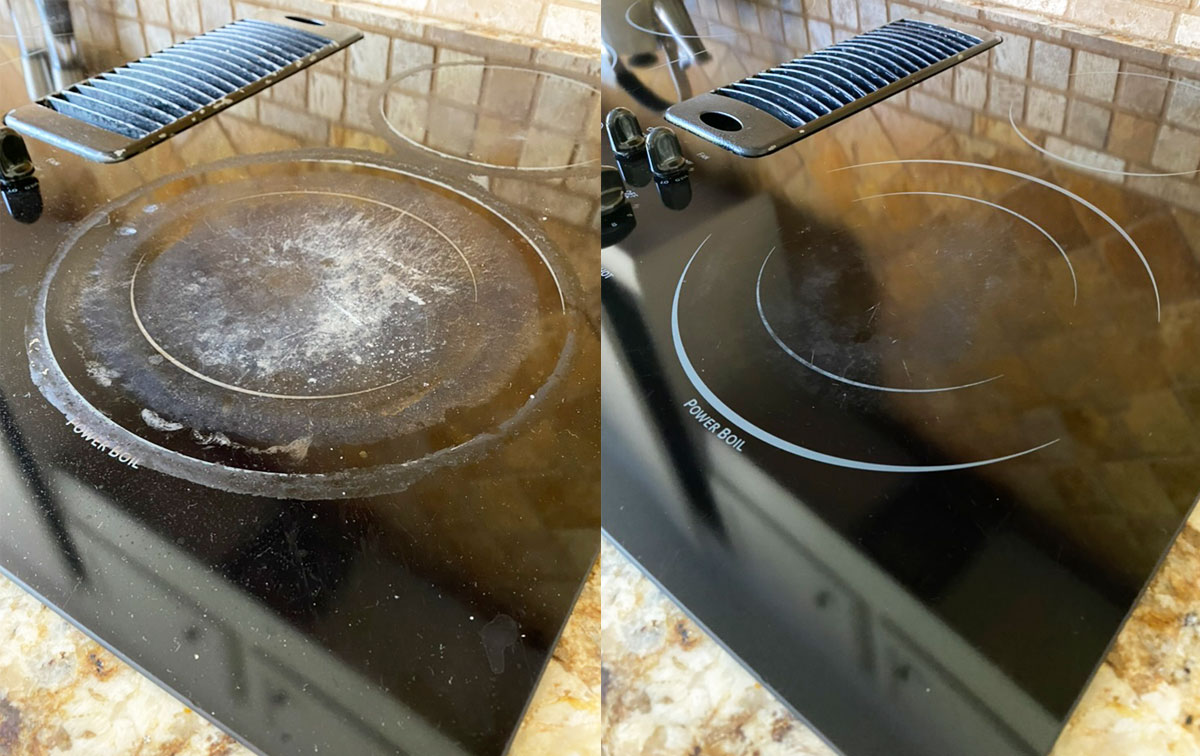
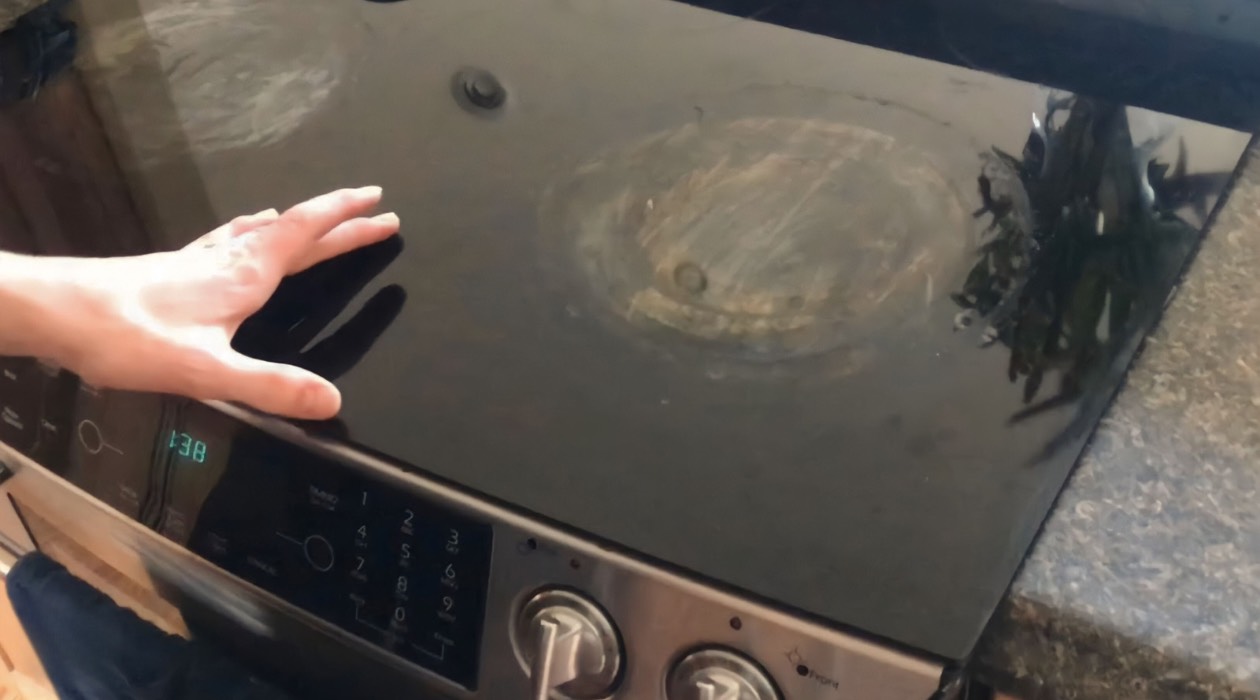
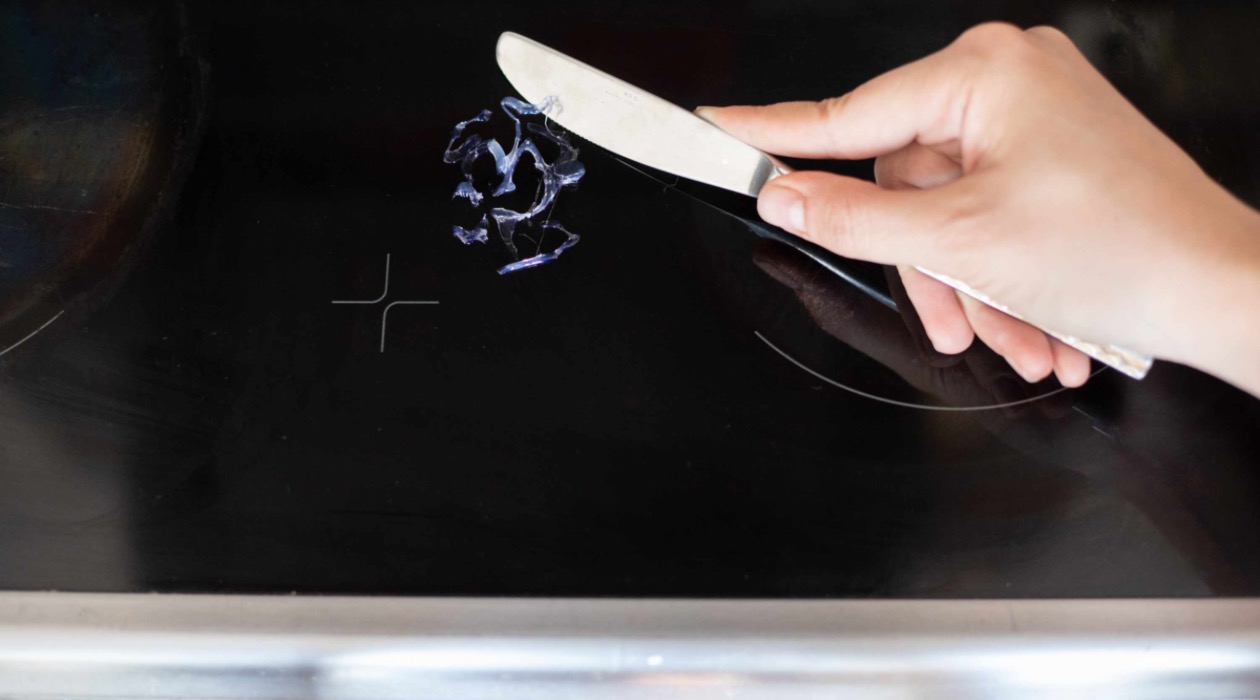
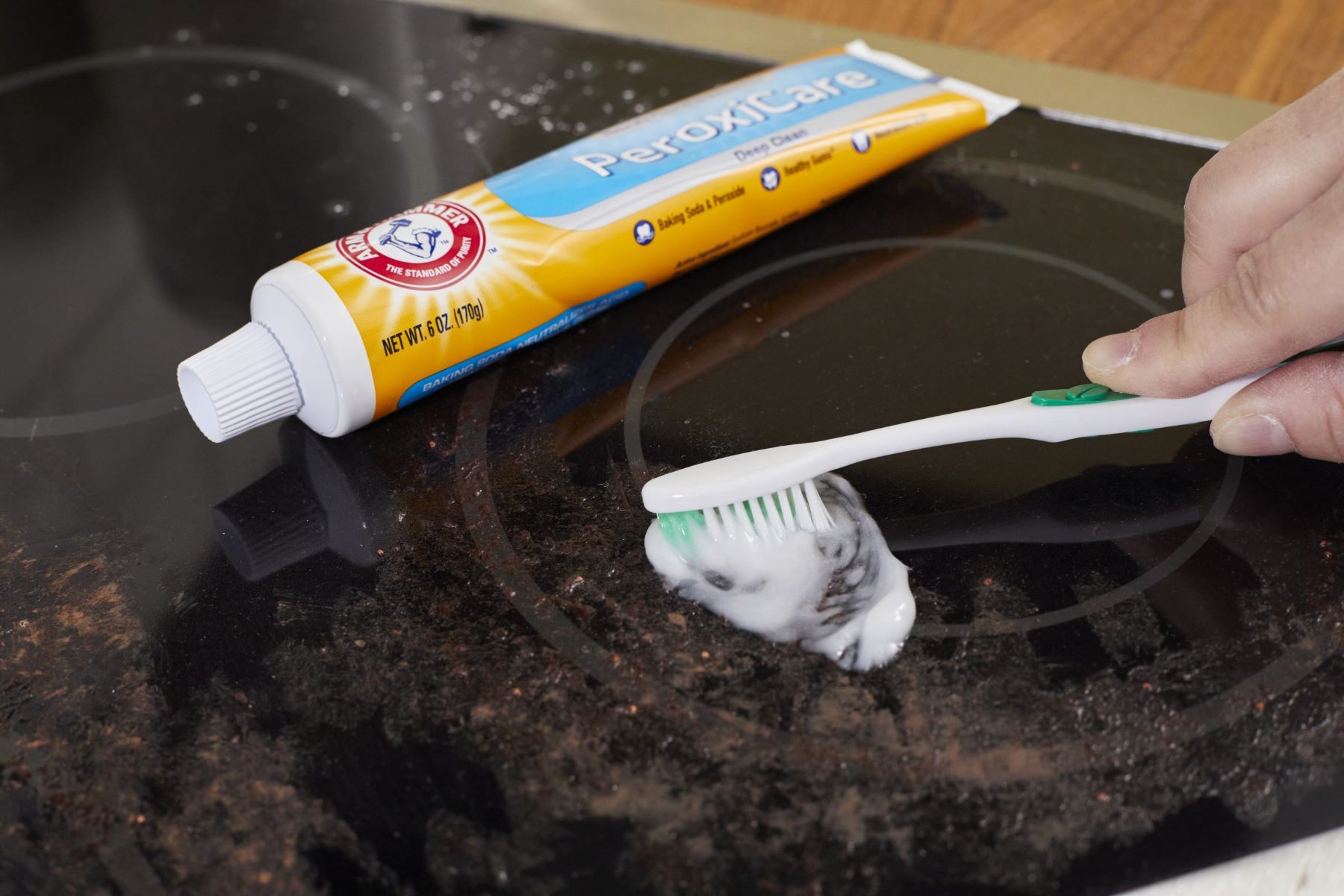
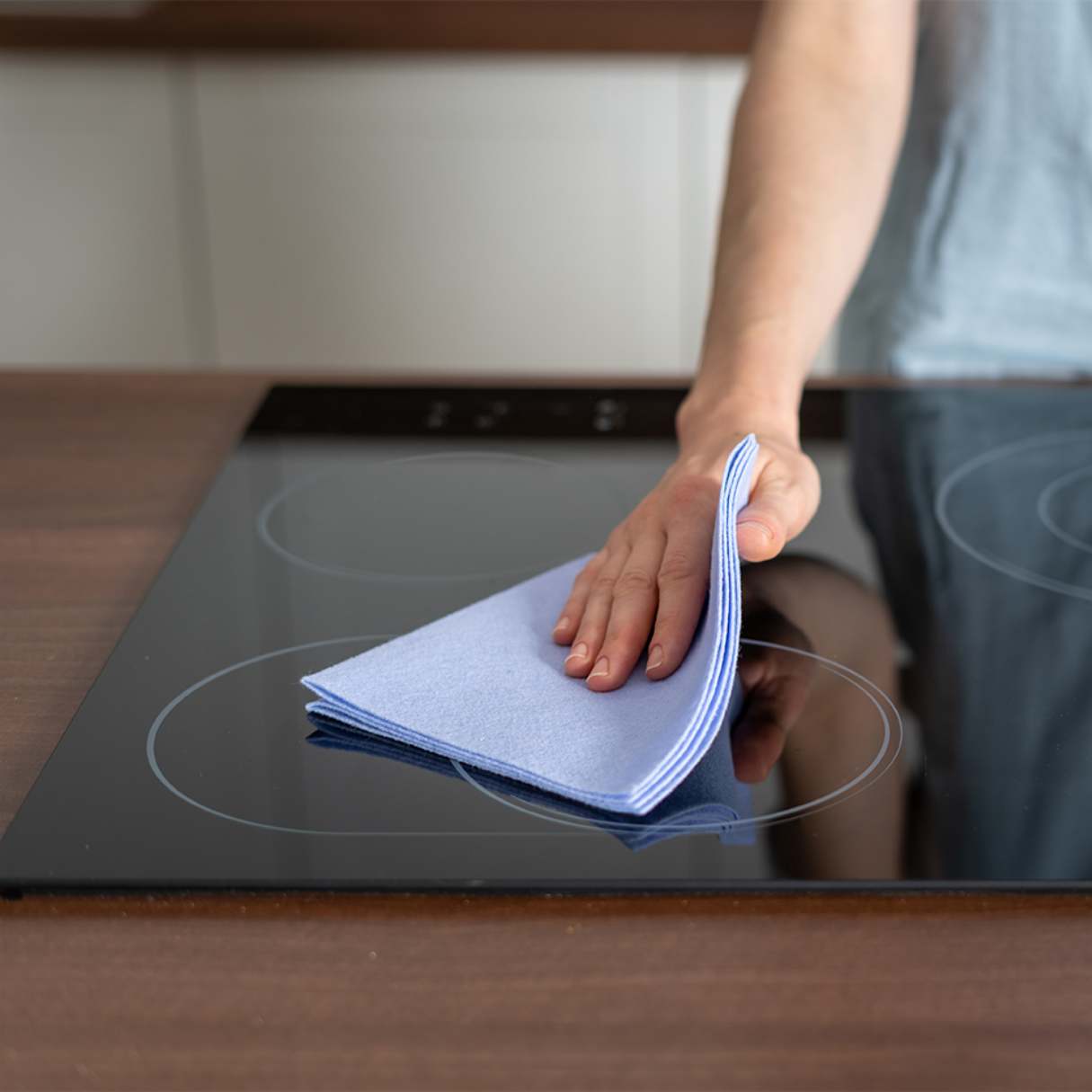
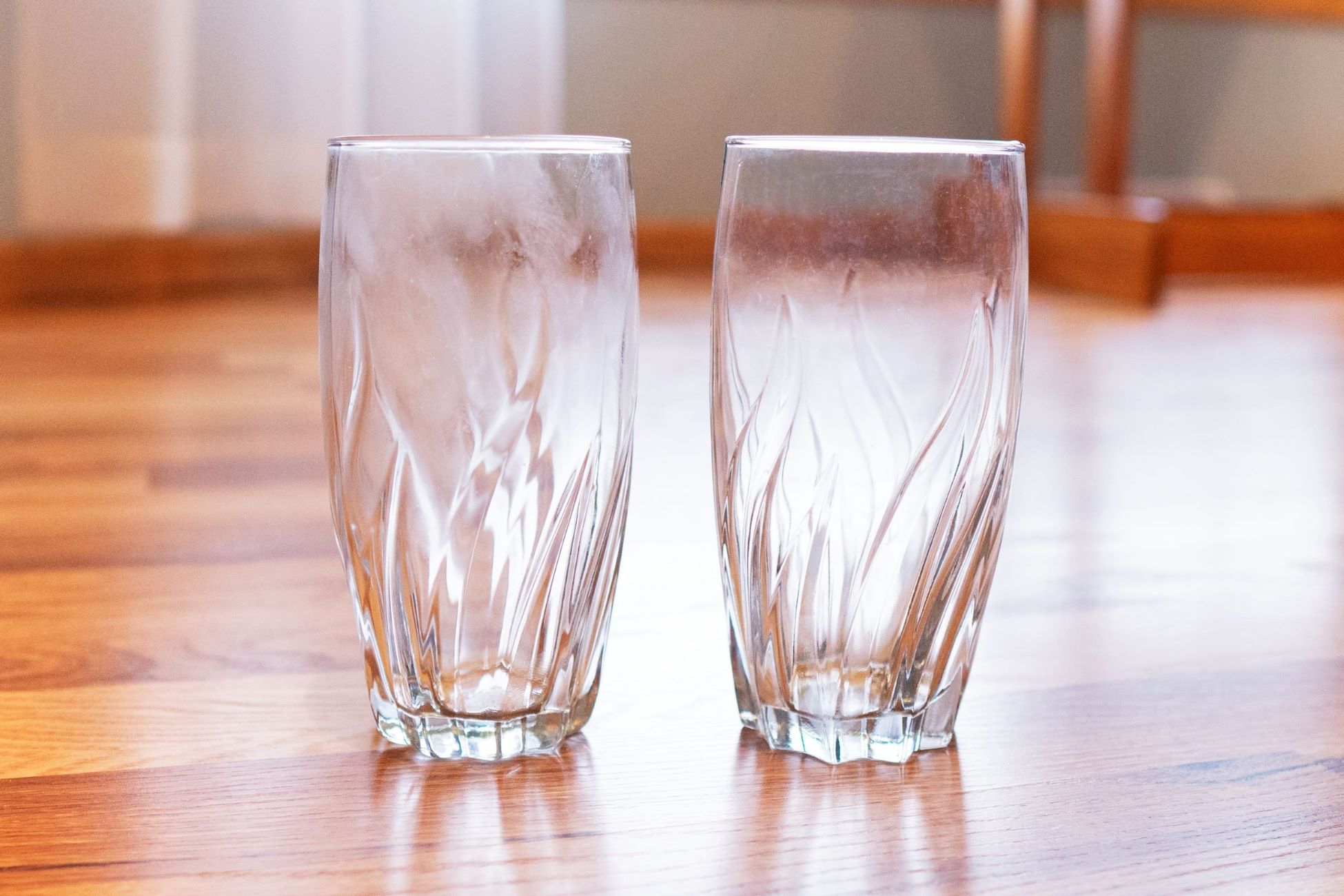
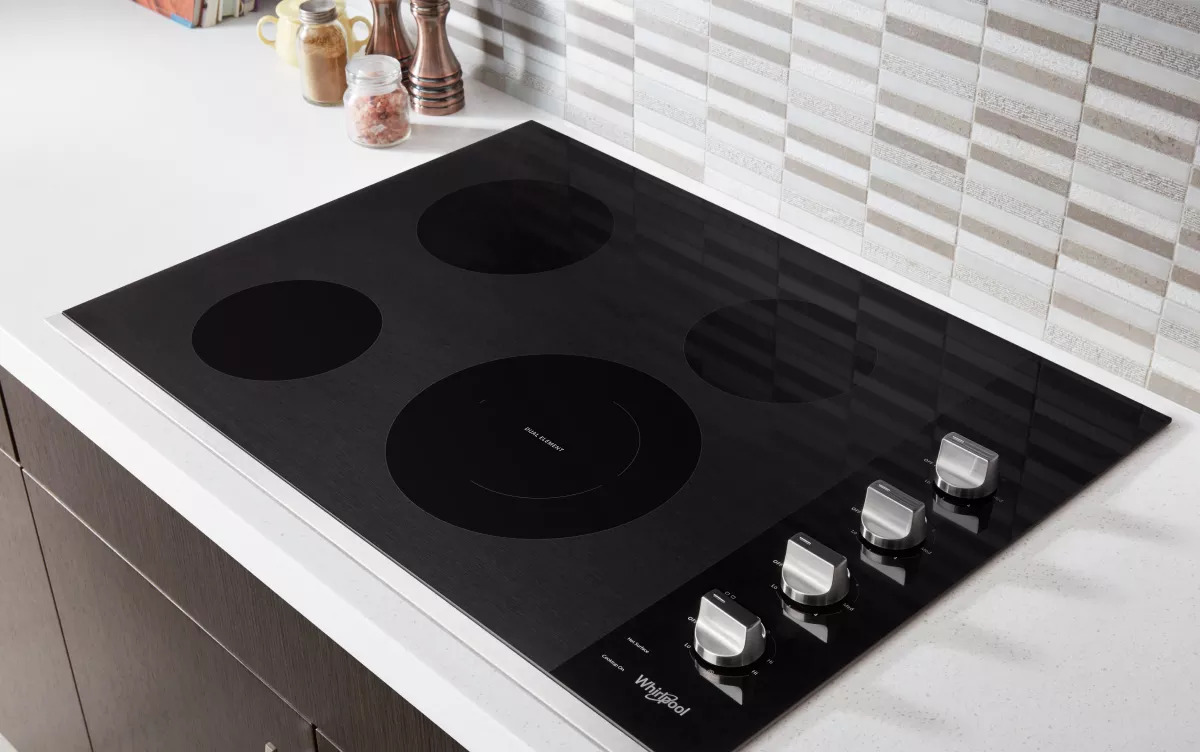
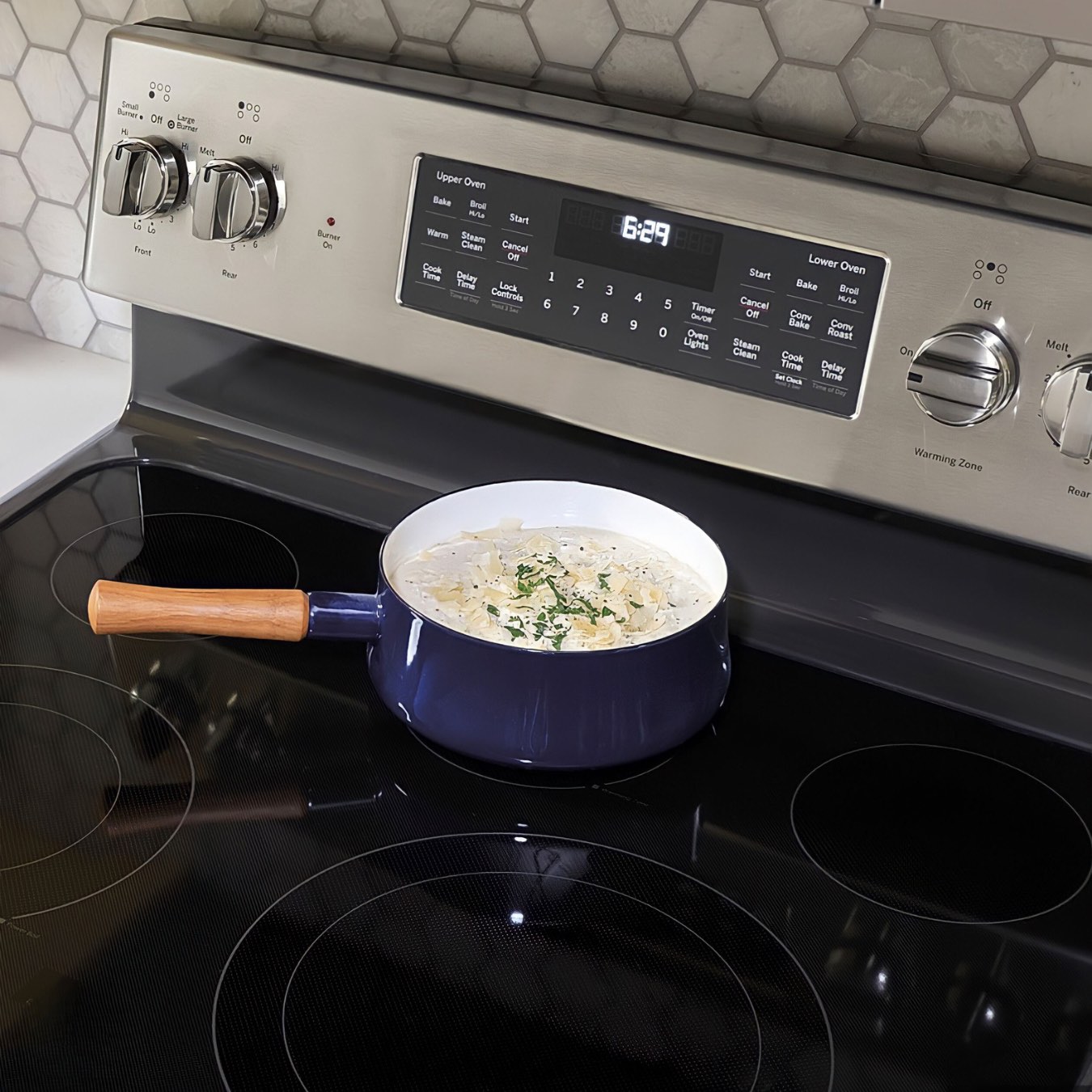
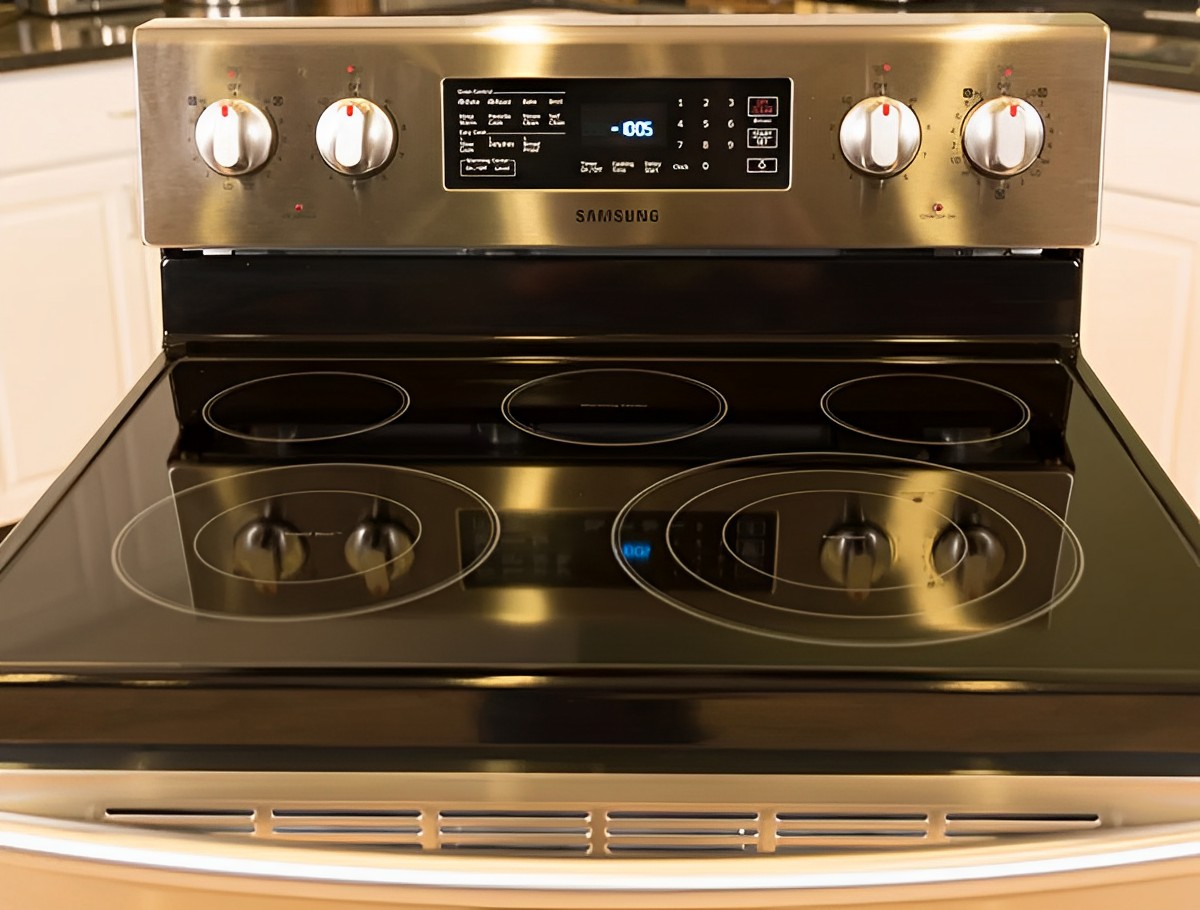
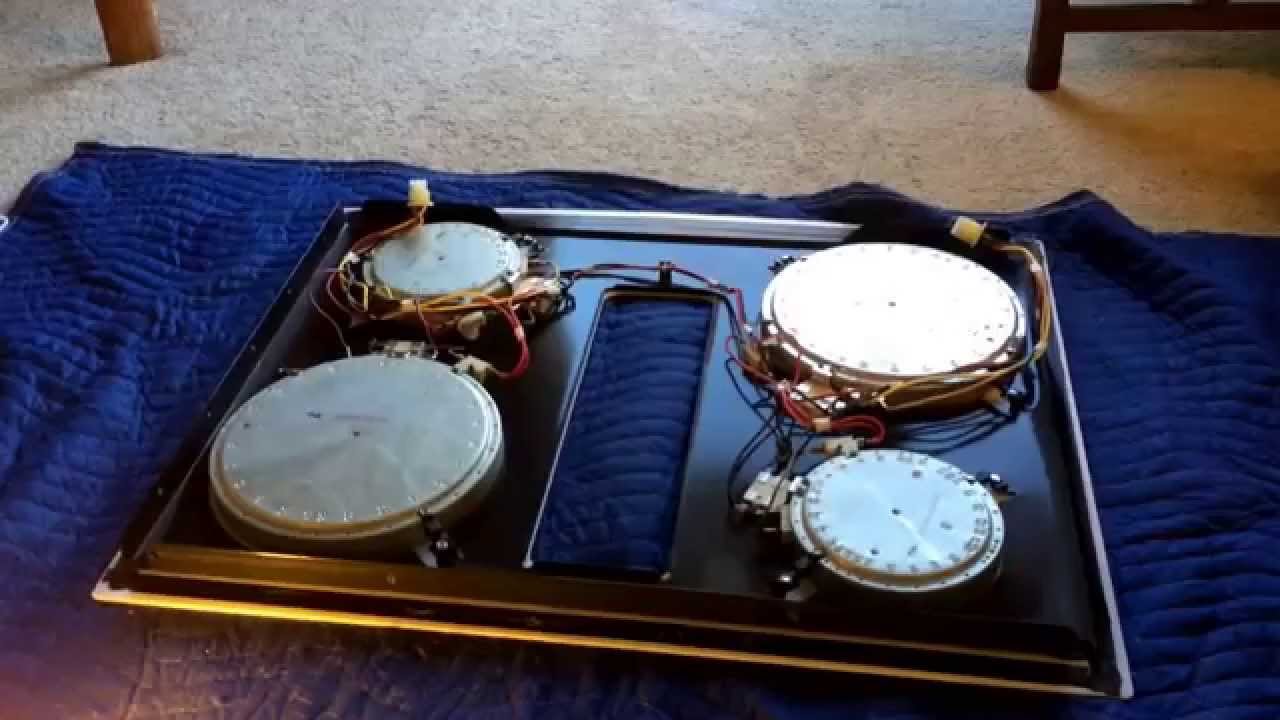
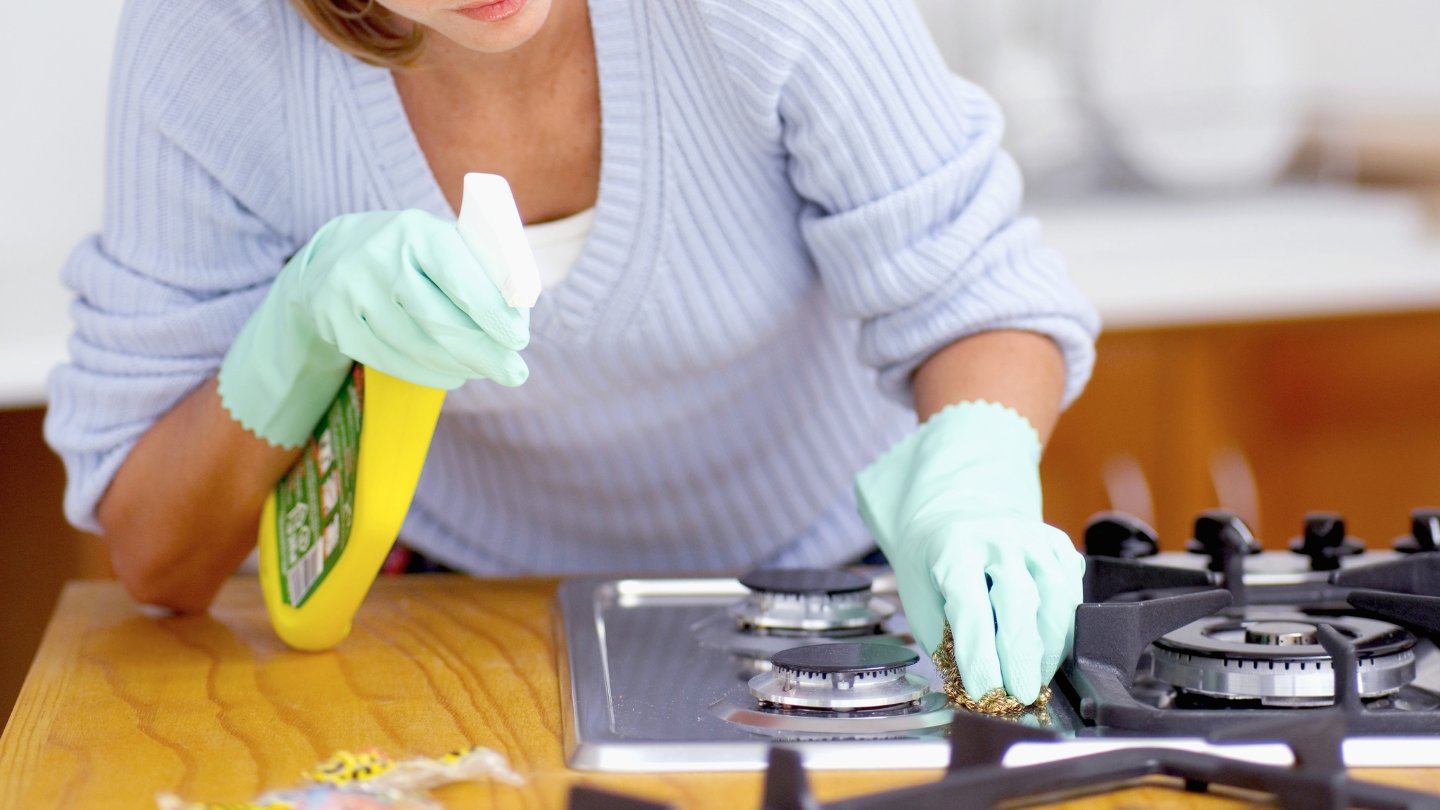
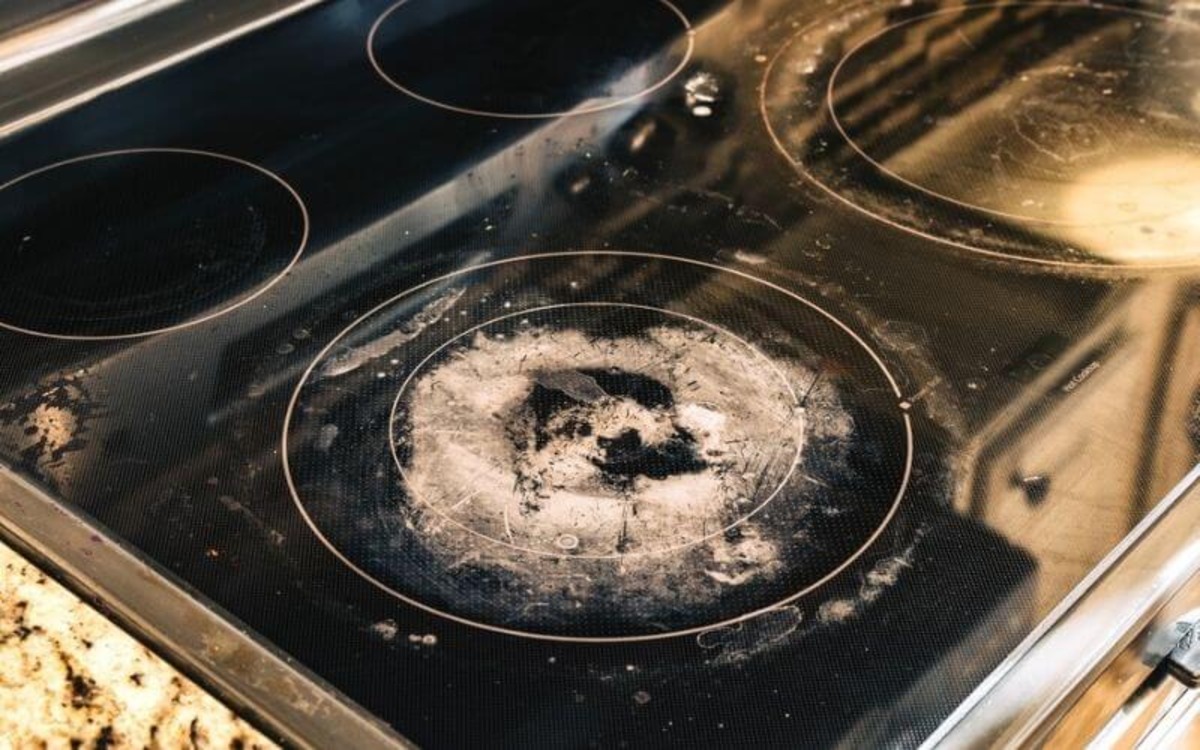

0 thoughts on “How To Remove Cloudiness From Glass Top Stove”